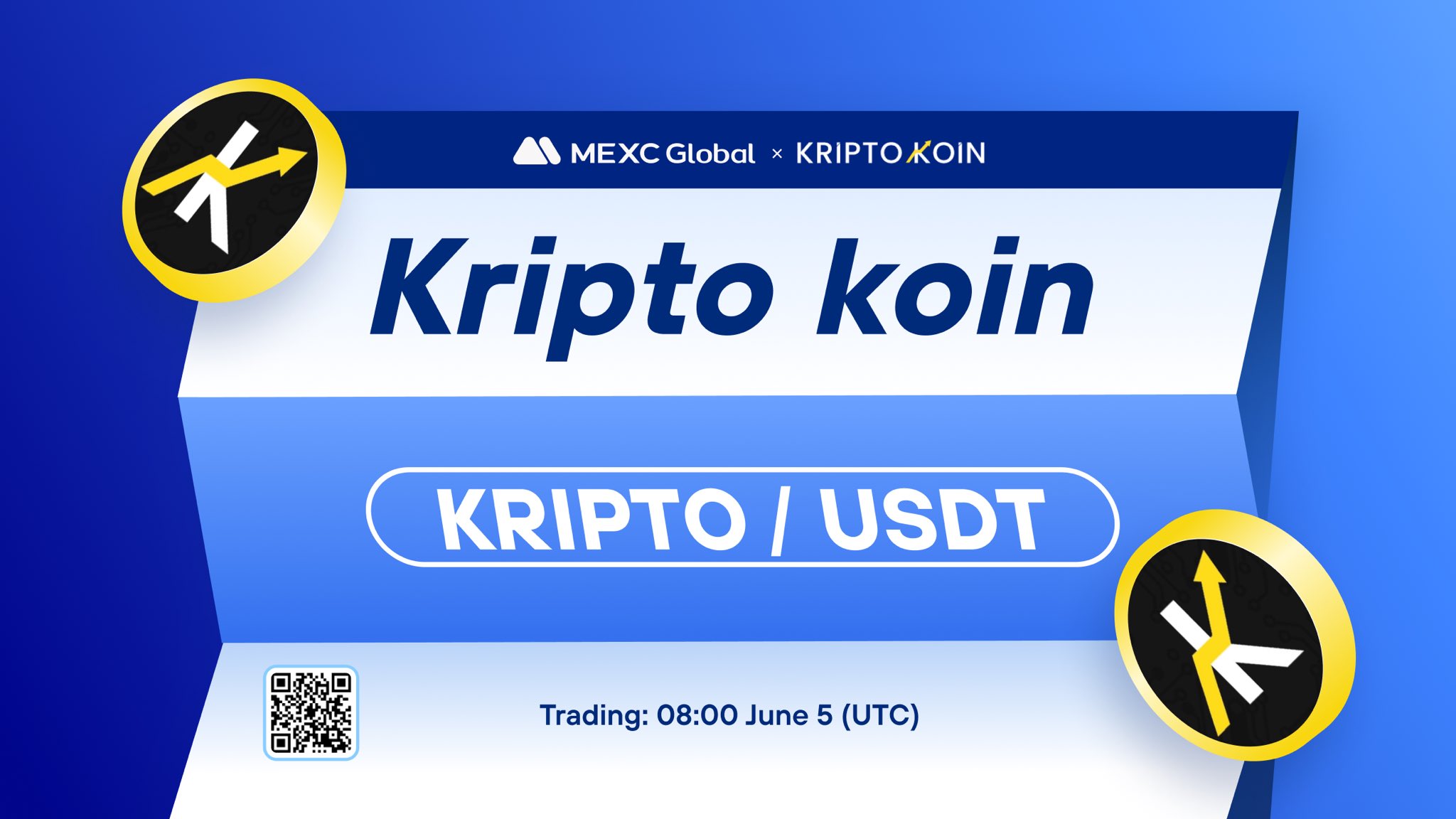DeFi is a rapidly growing sector of the cryptocurrency industry, and it has become increasingly popular for investors looking to maximize their returns. One of the key concepts in DeFi is real yield, but not many people understand it, bringing about the question, “what is real yield in DeFi?”

Real yield is the return on investment (ROI) that an investor can expect from a DeFi project. This is different from the projected ROI, which is what the project’s creators have promised. Real yield takes into account all factors that could affect the project’s success, such as market conditions, liquidity, and fees.
Real yield is calculated by considering the total amount of money invested, the amount of money earned, and any fees associated with the project. Read on as we expatriate on the concept of real yield in DeFi!
What is DeFi?
Before we move into the main topic, it isn’t bad to discuss the DeFi concept. DeFi, short for decentralized finance, is a new fintech that aims to disrupt the standard centralized financial system. It is based on secure distributed ledgers similar to those used by cryptocurrencies. Also, it eliminates the fees that banks and other financial companies charge for using their services.
DeFi provides people with a digital, secure wallet to store money and quickly transfer funds. Plus, anyone with an internet connection can access it.
The research defines the rules for centralized financial institutions like banks and brokerages, which consumers rely on to directly access capital and financial services. DeFi provides an alternative to this system by empowering individuals with peer-to-peer digital exchanges. This allows users to bypass the fees associated with traditional banking systems while still having access to capital and financial services.
Furthermore, DeFi is more accessible than traditional banking systems since anyone with an internet connection can use it.
What is Real Yield in DeFi?
Real yield is a type of investment that has become increasingly popular in the world of DeFi. It works similarly to a stock dividend, where an investor puts money into a DeFi protocol and receives a small share of its revenue.
In DeFi, what sets real yield apart from what has been seen up until now is that these yields are “real.” In other words, they are not generated through unsustainable token emissions or other methods that can be manipulated.
Real-yield investments offer investors a way to make money without worrying about market volatility or other risks associated with traditional investments. They also allow investors to diversify their portfolios by investing in multiple protocols at once, thus reducing their risk exposure.
Additionally, because smart contracts typically back these investments, they offer greater security than many traditional investments. Ultimately, real yield offers investors an attractive way to generate returns while maintaining control over their funds.
DeFi Protocols Involved in Real Yield
1. Synthetix
Synthetix is a decentralized protocol for trading synthetic assets and derivatives, making it one of the oldest protocols in DeFi. It has found early success in the Ethereum ecosystem after revamping its tokenomics model to provide real yields to SNX holders.
Token Terminal reports that SNX stakers benefit from an annual revenue of approximately $82 million due to the protocol.
SNX is trading at around $3, with a market cap of approximately $870 million, resulting in a price-to-earnings ratio of 10.47x. Yet, with a 53% APR rate, SNX staking yields can consist of inflationary rewards converted to sUSD stablecoins.
Although some liquidity mining rewards come from inflationary token emissions, Synthetix still provides real yields to its users and is thus considered a real yield protocol.
2. Dopex
Dopex is a decentralized exchange (DEX) specializing in options that enable users to gain simple returns. Platform users can access Single Staking Vaults, similar to single staking vaults, and Interest Rates Options, allowing them to wager on interest rates.
Also, Dopex offers a unique combination of rewards, with portions of the native token’s staking yields sourced from inflation. By committing to locking up their tokens in “vote-escrowed” veDPX for four years, investors can receive an APY of 22%.
The platform provides users with an intuitive interface that makes trading options and managing their portfolios easy. Additionally, Dopex has implemented several security measures, such as multi-signature wallets and cold storage solutions, to ensure that user funds remain safe at all times.
Furthermore, the team behind Dopex is constantly working on new features and updates to improve the overall user experience. All in all, Dopex provides users with an efficient way to earn real yields through options trading while ensuring their funds remain secure.
3. GMX
GMX is a decentralized protocol that provides users with real yield opportunities through its automated market maker (AMM) platform.
Since its launch, the platform has quickly developed a high level of liquidity and experienced significant growth in trading volume. We can attribute this success to its unique revenue-sharing model involving two native tokens: GLP and GMX.
The GLP index evaluates the trading potential of the platform, and GMX is a token used for voting and generating income.
The project offers attractive rewards for staking GMX tokens (14% APR) and holding GLP tokens (28% APR). Additionally, boosted yield is offered for vesting periods. With these incentives in place, it’s no surprise that GMX’s native governance token recently neared its all-time high price despite the ongoing bear market. As such, it appears that GMX has found a strong product-market fit that will likely continue to drive growth in the future.
4. Gains Network
Gains Network powers the perpetual and leveraged trading platform gTrade. It allows users to trade crypto and synthetic assets such as stocks and foreign exchange currencies, making it a strong competitor to GMX.
GNS provides stakeholders multiple ways to earn real yields generated from the trading platform fees. For example, users can stake GNS tokens or provide single-sided DAI liquidity to receive a portion of the fees from market orders (40%) and limit orders (15%). Currently, this yields an annual compounded return of around 4%, paid out in the DAI stablecoin.
Conclusion
DeFi offers investors a wide range of real yield opportunities. From staking and liquidity mining to options trading and perpetual trading, there are numerous ways to generate passive income with DeFi protocols. Each platform has unique features and reward structures, so it’s important to research before investing.
Join MEXC and Start Trading Today!



